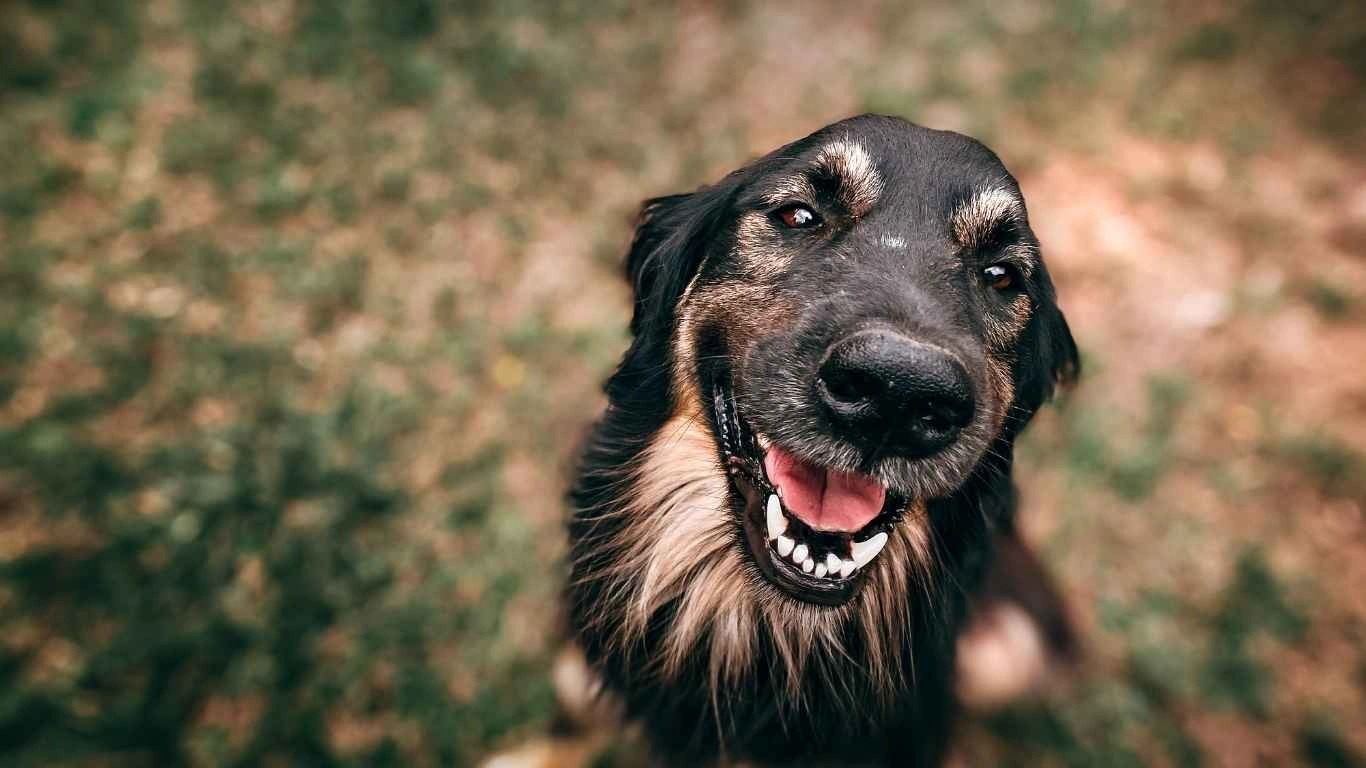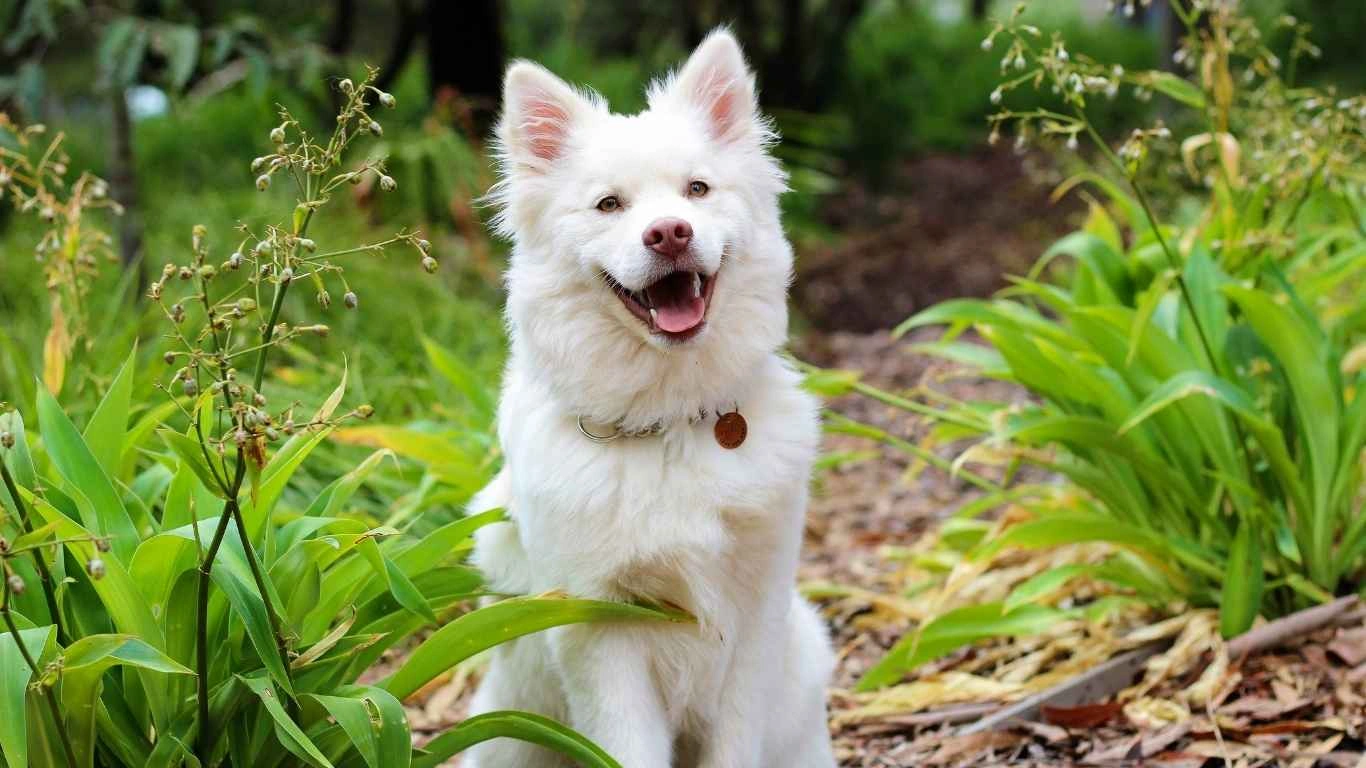Are Legumes in Dog Food Safe? The Shocking Truth Every Pet Owner Must Know!
Are legumes safe in dog food? As a pet nutritionist working in veterinary clinics, I get this question all the time from concerned dog parents. The answer isn’t as simple as a yes or no—it really depends on several factors, including your dog’s specific dietary needs, the type of legumes used, and how they’re processed. In this article, we’ll dive into the details of legumes in dog food, exploring their nutritional benefits, potential risks, and what to watch out for when selecting a diet for your furry friend.
Understanding Legumes in Dog Food

Legumes are a group of plants that include peas, lentils, chickpeas, and beans. In recent years, they’ve become common ingredients in many grain-free dog foods, primarily because they are a good source of protein, fiber, and essential nutrients. However, while they may seem like a healthy addition, their role in canine diets is more complex than it appears.
Nutritional Benefits of Legumes
As someone who has spent years formulating diets for pets, I can say that legumes do have some notable advantages when incorporated properly:
- High in protein: Legumes can contribute to the protein content in dog food, which is essential for muscle maintenance and overall health.
- Rich in fiber: They aid digestion and help regulate bowel movements, which can be beneficial for dogs prone to constipation.
- Low glycemic index: Legumes release energy slowly, preventing rapid spikes in blood sugar—great for diabetic or overweight dogs.
- Source of vitamins and minerals: Legumes provide important nutrients like iron, magnesium, and B vitamins.
Despite these benefits, I always remind pet parents that just because an ingredient has positive qualities doesn’t mean it’s suitable for every dog.
Potential Risks of Legumes in Dog Diets

Over the past few years, the safety of legumes in dog food has come under scrutiny—especially after reports linking grain-free diets (often containing high levels of legumes) to canine dilated cardiomyopathy (DCM), a serious heart condition. While research is ongoing, here are some potential concerns:
Legumes and Taurine Deficiency
One of the biggest concerns is taurine deficiency. Taurine is an essential amino acid for heart health in dogs, and some studies suggest that diets high in legumes may interfere with taurine absorption. When working in a veterinary clinic, I’ve seen dogs diagnosed with DCM, and in many cases, their diets were loaded with peas and lentils.
Digestive Issues and Gas
If you’ve ever eaten a big bowl of beans and felt bloated afterward, you can probably guess what happens when dogs consume legumes in large amounts. Excess fiber can cause gas, loose stools, or even diarrhea, especially in dogs with sensitive stomachs. Some pet parents I’ve worked with noticed their dogs becoming gassy or having tummy troubles after switching to a grain-free food containing legumes.
High Lectin Content
Legumes contain lectins, which are natural plant proteins that can interfere with nutrient absorption. While cooking reduces lectins, diets overly reliant on legumes could still pose absorption issues for essential nutrients like calcium and iron.
How to Choose the Right Dog Food with Legumes

If you’re considering a dog food that contains legumes, don’t panic—there’s no need to eliminate them completely. Instead, keep these key factors in mind:
- Check the ingredient list: Legumes should not be the primary protein source. Look for foods with high-quality animal proteins like chicken, beef, or fish.
- Balance is key: A well-formulated diet should contain a mix of protein, fats, and carbohydrates—not just legumes replacing grains.
- Look for taurine supplementation: If the food contains a lot of legumes, make sure it’s supplemented with taurine to help support heart health.
- Monitor your dog’s health: Pay attention to changes in energy levels, digestion, and overall well-being after switching diets.
Legumes can be a nutritious addition to dog food, but they should never dominate the ingredient list. The key is balance, variety, and ensuring that all essential nutrients are properly absorbed.
Do All Dogs Tolerate Legumes in Their Diet?

As a pet nutritionist, I’ve seen a wide range of reactions when dogs consume legumes. Some dogs thrive on a diet that includes lentils and peas, while others experience digestive upset or allergic reactions. Just like humans, dogs have unique dietary needs and tolerances.
Signs Your Dog May Not Be Handling Legumes Well
If your dog’s food contains legumes and you notice any of the following symptoms, it might be time to reconsider their diet:
- Excessive gas or bloating: While some gas is normal, too much can be a sign that legumes aren’t digesting well.
- Diarrhea or loose stools: High fiber content in legumes can be too much for some dogs, leading to frequent or soft bowel movements.
- Skin irritations: Some dogs may develop itchy skin, rashes, or ear infections due to food sensitivities.
- Lethargy or reduced energy levels: If your dog seems sluggish after eating a legume-heavy diet, they may not be absorbing essential nutrients properly.
I once worked with a Labrador retriever whose owner switched him to a grain-free diet loaded with peas and chickpeas. Within weeks, he developed chronic diarrhea and seemed less energetic on walks. After switching him to a more balanced diet with fewer legumes and more animal protein, his digestive issues disappeared, and his energy returned.
Legumes vs. Traditional Carbohydrates: Which Is Better?

One of the biggest reasons legumes became popular in dog food was the rise of grain-free diets. But are legumes actually better than traditional grains like rice, barley, or oats? It depends on the dog.
Pros and Cons of Legumes as a Carb Source
| Aspect | Legumes | Traditional Carbohydrates |
|---|---|---|
| Protein Content | Higher in protein, can supplement animal-based protein | Lower in protein, primarily a carbohydrate source |
| Digestibility | Can be harder to digest, especially for sensitive dogs | Generally easier to digest (e.g., rice and oats) |
| Glycemic Index | Lower glycemic index, good for blood sugar control | Can vary (e.g., rice is higher GI, oats are lower) |
| Potential Risks | Possible link to taurine deficiency, digestive issues | Some grains may cause allergies in certain dogs |
From my experience, some dogs do better on a diet with traditional grains rather than one heavily based on legumes. However, others—especially those with grain allergies—may need legumes as an alternative carbohydrate source.
How to Safely Include Legumes in Your Dog’s Diet

Legumes aren’t inherently bad; they just need to be included in moderation and as part of a well-balanced diet. If you’re feeding a dog food that contains legumes, here’s how to make sure they’re getting the most nutritional benefit:
Key Tips for Choosing Legume-Containing Dog Food
- Check the ingredient order: If peas, lentils, or chickpeas appear in the top three ingredients, it may be too legume-heavy.
- Look for variety: The best diets contain a mix of high-quality animal proteins, healthy fats, and carbohydrates—not just legumes replacing grains.
- Monitor portion sizes: Too much fiber from legumes can disrupt digestion, so moderation is key.
- Consider rotational feeding: Switching protein and carbohydrate sources every few months can help prevent nutritional imbalances.
- Watch for nutritional deficiencies: If you’re feeding a grain-free diet, look for added taurine, methionine, and L-carnitine to support heart health.
One thing I often tell pet parents is that every dog is different. What works well for one pup might not be ideal for another. Always observe how your dog reacts to their food and consult with a vet or pet nutritionist if you’re unsure.
Homemade Dog Food: Should You Include Legumes?

Some pet parents prefer homemade diets to have complete control over what goes into their dog’s bowl. If you’re considering making dog food at home and wondering whether legumes are safe to include, the answer is: it depends on the balance of the overall diet.
Pros and Cons of Adding Legumes to Homemade Meals
- Pros: They can be a good source of protein and fiber, help regulate digestion, and provide essential vitamins and minerals.
- Cons: Overuse can lead to gas, bloating, and potential nutrient absorption issues, especially if the diet lacks other essential nutrients.
Whenever I advise pet owners on homemade diets, I always emphasize that balance is everything. If you’re adding legumes, make sure they’re complemented with high-quality animal proteins, healthy fats, and essential vitamins.
How to Properly Prepare Legumes for Dogs
Legumes contain anti-nutrients like phytic acid and lectins, which can interfere with digestion and nutrient absorption. Proper preparation helps minimize these risks.
- Soak before cooking: Soaking legumes overnight helps reduce lectins and makes them easier to digest.
- Cook thoroughly: Raw or undercooked legumes can cause stomach upset. Boil or pressure cook until soft.
- Use in moderation: Legumes should make up a small portion of your dog’s meal, not the bulk of their diet.
One of my clients started making homemade meals for her senior dog, including lentils for added protein. After a few weeks, her dog experienced mild bloating. We adjusted the portion size and added more animal protein, and the issue resolved.
What Do Veterinarians Say About Legumes in Dog Food?

The veterinary community remains divided on the role of legumes in dog food. Some vets believe they are a healthy alternative to grains, while others are concerned about their link to heart disease.
FDA Investigation on Grain-Free Diets
In 2018, the U.S. Food and Drug Administration (FDA) began investigating a potential link between grain-free diets (which often contain legumes) and canine dilated cardiomyopathy (DCM). Some dogs developed heart disease despite having no genetic predisposition. While the exact cause is still being studied, many experts believe diets high in legumes and low in taurine may play a role.
Veterinary Recommendations
Most veterinarians now recommend the following when selecting a dog food:
- Look for variety: Diets should include a mix of protein sources, not just legumes as fillers.
- Avoid excess legumes: If peas, lentils, or chickpeas dominate the ingredient list, consider other options.
- Consider taurine supplementation: Some brands add taurine to support heart health—especially in grain-free formulas.
If you’re unsure about your dog’s diet, consult with a veterinarian or pet nutritionist to make an informed choice.
Final Thoughts: Should You Feed Your Dog Legumes?
So, are legumes safe in dog food? The answer isn’t black and white. They can be beneficial when used in moderation, but they shouldn’t be the main ingredient in your dog’s diet. If your dog is thriving on a food that contains some legumes and they show no adverse effects, there’s no urgent need to switch.
However, if your dog has digestive issues, skin problems, or you’re feeding a diet that’s heavily reliant on legumes, it might be worth reconsidering. Always choose a food that prioritizes high-quality animal proteins and provides a balanced mix of nutrients.
At the end of the day, every dog is unique. Pay attention to how your pup responds to their food, and when in doubt, seek professional advice.
References
- FDA Investigation on Canine Dilated Cardiomyopathy
- American Veterinary Medical Association (AVMA) on Pet Nutrition
- World Small Animal Veterinary Association (WSAVA) Nutritional Guidelines
Disclaimer
This article is for informational purposes only and should not replace professional veterinary advice. If you have concerns about your dog’s diet, consult with a veterinarian or pet nutrition expert.






